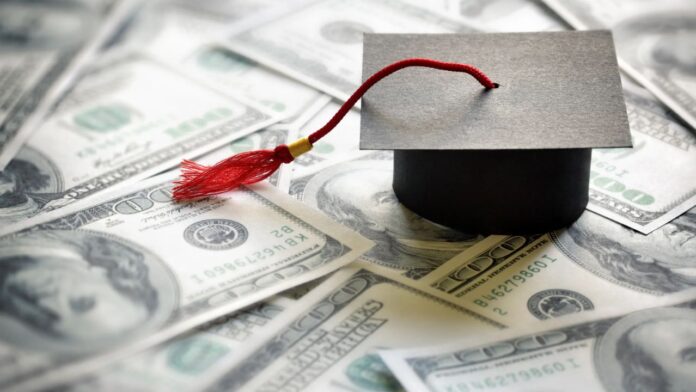Student Loans after graduation: Finishing college is exciting, but for many graduates, repaying student loans can feel overwhelming. One of the biggest questions is, when do payments actually start?
The good news is you don’t have to begin paying right away. For most federal student loans, you get a six-month grace period after you graduate, leave school, or drop below half-time enrollment. This gives you time to settle into life after college, find a job, or figure out your next steps.
Which Loans Have a Grace Period?
The 6 month rule applies to Direct Subsidized Loans, Direct Unsubsidized Loans, and Stafford Loans. However, Parent PLUS Loans don’t have this grace period though parents can sometimes delay payments through deferment.
Proving ‘Undue Hardship’: How to Cancel Student Loans in Bankruptcy?
If you have a Perkins Loan, the grace period is even longer 9 months. But keep in mind, no new Perkins Loans have been given out since 2017.
About 30 days before your first payment is due, your loan servicer will send you a payment schedule. Your first bill will arrive 21 days before the due date, so you’ll have plenty of time to prepare.
What About Private Student Loans?
Private loans work differently. They don’t follow federal rules instead, your repayment plan depends on the agreement you signed with the lender. Some private loans might require payments right after graduation, while others may have a short grace period.
If you’re not sure who your private lender is, check your credit report or contact your school’s financial aid office. If you haven’t heard from them yet, it’s best to reach out and ask about your repayment plan.
Why Are Student Loan Borrowers Facing Huge Payment Spikes? Here’s What You Need to Know
How Long Does It Take to Pay Off Federal Loans?
The time it takes to repay your loans depends on the type of repayment plan you choose:
- Standard Repayment Plan: Payments are fixed, and the loan is paid off in 10 years (120 months).
- Graduated Repayment Plan: Payments start low and increase over time, but you still pay off the loan in 10 years.
- Extended Repayment Plan: If you owe more than $30,000, you can stretch payments over 25 years. Your monthly payments will be smaller, but you’ll pay more in interest over time.
Remember, the faster you pay off your loans, the less interest you’ll owe. But if money is tight, longer plans can make payments more manageable.




